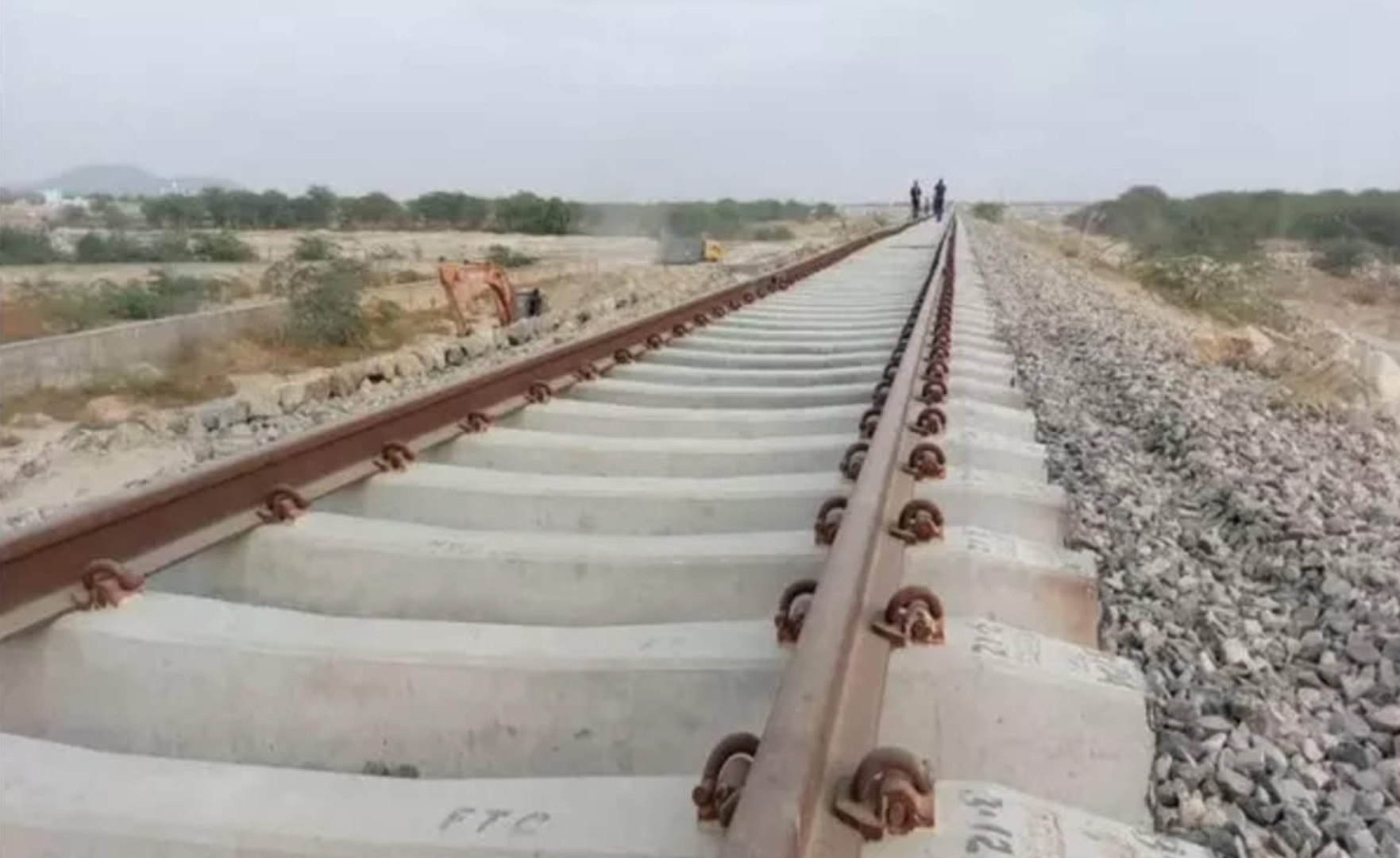The Union Cabinet has approved the construction of 30 new railway lines in Rajasthan, covering a total length of 1,500 km and costing Rs 15,000 crore. The project is expected to be completed by 2028-29 and will benefit several districts in the state, especially those in the western and southern regions.
The new lines will connect important cities like Jaipur, Jodhpur, Udaipur, Bikaner, Ajmer, Kota, Alwar, and Bharatpur, as well as tourist and pilgrimage destinations like Pushkar, Ambaji, Abu Road, and Taranga Hill. The project will also provide an alternative route for the existing Ahmedabad-Abu Road railway line, which is often congested and prone to delays.
The project will generate direct employment during construction for about 120 lakh mandays and indirect employment for many more. It will also facilitate the movement of agricultural and local products, industrial goods, and passengers, and improve the accessibility and mobility of the people in the region. The project will also enhance the socio-economic development of the state and contribute to the national goal of Aatmanirbhar Bharat.
The Rajasthan Railway project is part of the Centre’s ambitious plan to expand and modernize the rail network in the country. The project was announced by Prime Minister Narendra Modi in his Independence Day speech in 2023 and was subsequently approved by the Cabinet Committee on Economic Affairs (CCEA) in February 2024.
The project is being executed by the Rajasthan Rail Infrastructure Development Corporation Limited (RRIDCL), a joint venture between the Ministry of Railways and the Government of Rajasthan. The RRIDCL has already started the survey and land acquisition work for the project and has invited bids from private and public sector companies for the construction and operation of the new lines.
The Rajasthan Railway project is expected to transform the state’s transportation sector and bring new opportunities and prosperity to the people of Rajasthan. The project is also a testament to the Centre’s commitment to the development of the state and the region.



